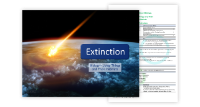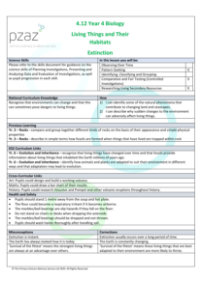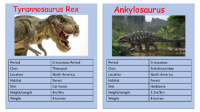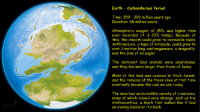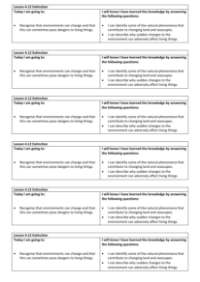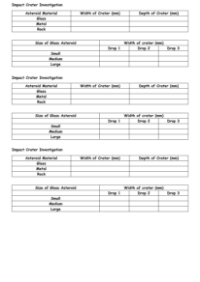Extinction - Presentation
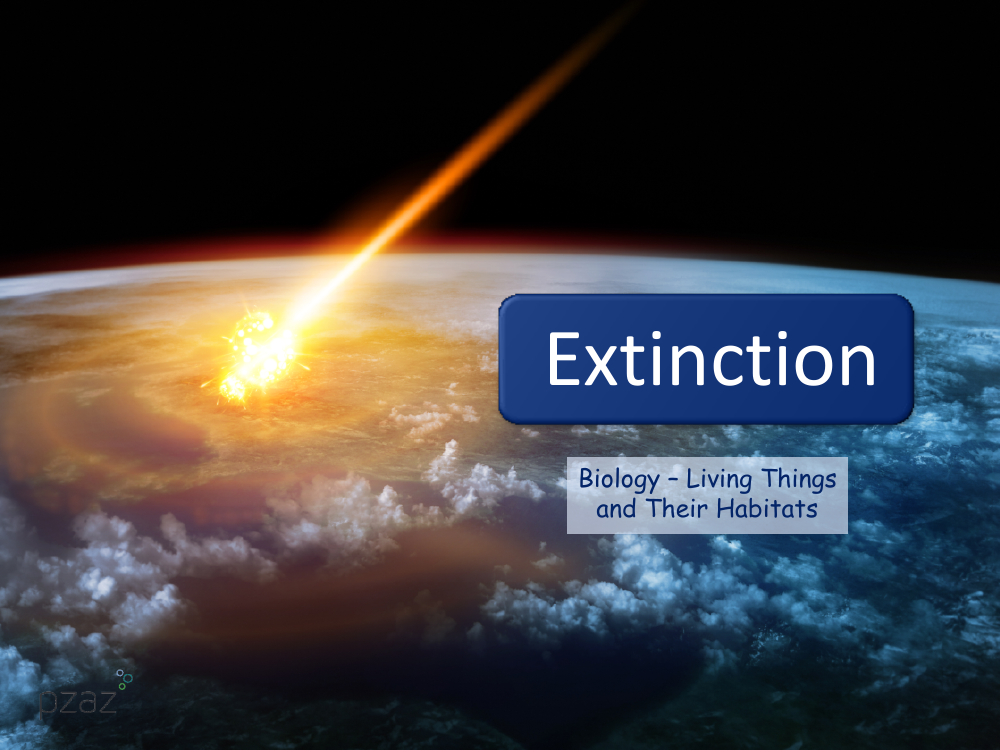
Science Resource Description
The topic of extinction is a fascinating and integral part of the biology curriculum, focusing on the impact of natural phenomena on living things and their habitats. Students are set to explore how the Earth's landscape has been shaped over millions of years and the consequences of environmental changes on life forms. The lesson aims to equip pupils with the ability to identify factors that contribute to changing landscapes, such as plate tectonics, earthquakes, and volcanic activity. They will also delve into the concept of Pangaea, the supercontinent that existed around 350 million years ago, and learn about the dramatic effects of an asteroid impact, which is believed to have led to the extinction of the dinosaurs 65 million years ago. Through engaging activities, such as sorting historical maps and conducting experiments to simulate asteroid impacts, students will gain a deeper understanding of the Earth's structure and the delicate balance required for species to thrive.
As the lesson progresses, students are encouraged to consider the difference between gradual and sudden environmental changes and their implications for survival. They are introduced to the layers of the Earth, including the crust, mantle, and core, and how the slow movement of tectonic plates can lead to significant, albeit gradual, changes in the Earth's surface. This concept is contrasted with the idea of rapid changes, such as asteroid impacts or ice ages, which can lead to sudden extinctions. The class will research and model the Earth's structure, and through practical experiments, they will observe the effects of various factors on crater formation. Finally, the students will apply their knowledge by investigating extinct species and the reasons behind their extinction, further emphasizing the lesson's core themes of change and adaptability in the natural world.
